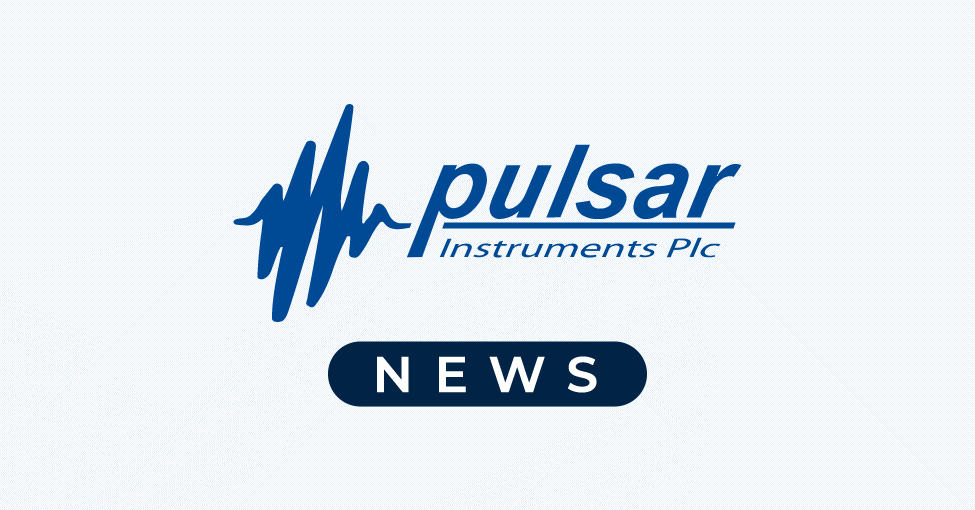Since the 1960’s, we have come to recognise the danger to hearing caused by loud noise. Every day, many individuals around the world are exposed to the risks of occupational hearing loss through harmful levels of noise at work and, for these groups, regular noise monitoring is vital.
It is easy to take your hearing for granted, but the complex process that occurs when your ears pick up a sound and translate it into information that your brain can understand is truly outstanding. The ear is made up of many parts that work in harmony but each can suffer damage or malfunction leading to hearing problems and significant loss in quality of life.
Most hazardous jobs for your hearing
There are many jobs that pose a significant risk for occupational hearing loss when it comes to exposure to loud noise. The most common industries include:
- Construction. Workers can experience very loud noise over long periods of time. They often use some of the noisiest tools such as drills, grinders, cutters, jackhammers or borehole tools which can reach decibel levels of 130dB(A) or more.
- Manufacturing. Some operators use heavy machinery such as metal on metal or grinding tools generating exposure levels of 80 – 125dB(A) which can be harmful to the unprotected ear.
- Armed Forces. Members are particularly at risk of noise-induced hearing loss with explosions that can reach levels close to 180dB(A).
- Airports Ground control staff can be exposed to noise levels of around 140dB which is the threshold of pain.
Other less obvious noisy industries that may be neglecting occupational noise monitoring include:
- Schools. Teachers can be exposed to high levels of noise above 80dB(A) combined often with working environments with poor acoustics which can have a significant impact on both hearing and voice.
- Emergency Services. Fire-fighters and ambulance crew can be subject to noisy alarms and sirens, some of them can reach well over 100dB(A).
- In agriculture, workers looking after farm animals may be exposed to noises such as squealing reaching levels of up to 110 decibels.
- Entertainment. Some musicians, DJs, bar staff, floor staff and security personnel may experience noise levels greater than 90dB(A) which is significant, especially if they work long shifts.
Health and safety issues
Long term exposure to harmful levels of noise can lead to serious health and safety issues such as occupational hearing loss or tinnitus. Occupational hearing loss may occur as a result of a single exposure to loud noise such as a ‘loud bang’ although this is a rare event. More typically, the condition will be caused by repeated exposure to moderately loud noise.
The key thing to remember here is that noise-induced hearing loss in a work environment is totally preventable with the help of the right monitoring and control measures to reduce the risk from excessive noise levels. This is where regular monitoring of both machinery and workers’ individual noise exposure come in.
Failure to monitor noise levels may mean that employees are exposed to levels in excess of recommended levels in the Control of Noise at Work Regulations (2005). In recent years, many businesses have had to pay compensation for noise-induced hearing loss resulting from workplace exposure, where it has been demonstrated that an employer has failed in their duty to provide adequate control and protection in relation to noise.
Noise Monitoring Can Help
Noise levels should be checked in order to determine whether an operative is at risk of occupational hearing loss. Measurements should be made with a suitable hand-held sound level meter (at least Class 2/Type 2) which gives the sound level readings in decibels. Personal noise dosemeters can be useful also. Worn by an employee, they capture and store fluctuating noise levels during a working day or week.
Workplace noise measurements should only be carried out by competent persons who have had sufficient training and experience. The responsible person should make sure that all measurements are recorded as soon as they are made alongside all relevant information, such as the activity being undertaken by the operatives and kept safe. Noise measurements should be repeated if there are changes to the workplace layout, installation of additional machinery or a change in the type or distribution of work undertaken.
Such an effective workplace noise monitoring strategy will ensure that staff are fit for work and remain healthy. It can also help employers put preventative measures in order to reduce the risk to health and protect the business from legal action.
Pulsar Instruments manufacture noise measurement equipment to help safety professionals determine if workers in an industrial environment are being exposed to noise levels which could damage their hearing.
To speak to us about your noise measurement requirements, call us on 01723 518011 or email via our contact page.


